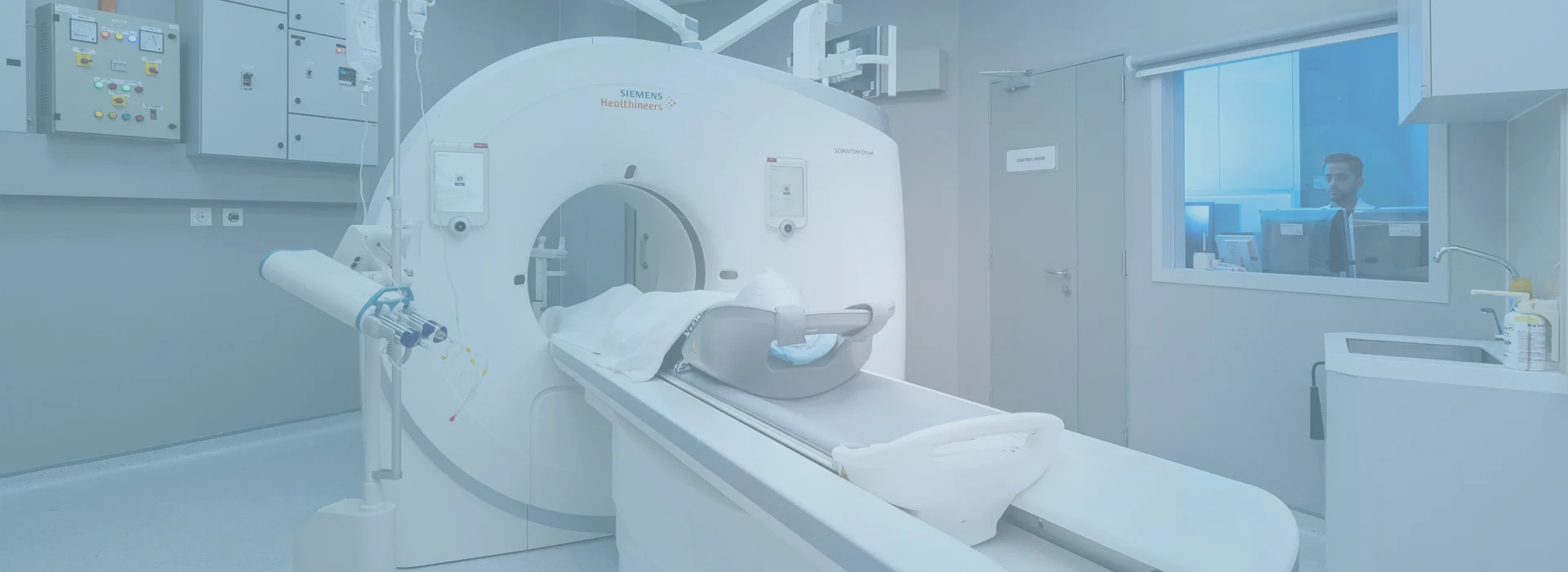
12 Mar Teeth Whitening: All You Need to Know
Teeth Whitening: All You Need to Know (Procedures, Side Effects, Aftercare)
By Island Hospital | Mar 12, 2024 2:21:10 PM
Teeth whitening has become increasingly popular over the years. These dental aesthetic procedures aim to remove stains from and lighten the shade of your teeth.
There are a variety of teeth whitening methods, ranging from professional to at-home treatments. You may have heard of whitening strips, whitening toothpaste, and LED teeth whitening.
However, individuals who undergo teeth whitening may experience certain side effects such as tooth sensitivity and gum infection.
Hence, this comprehensive guide will help you find the right procedure, understand potential side effects, and discover aftercare tips.
What Causes Teeth to Stain?
For a better idea of teeth whitening, we must first understand why teeth stain. Dental staining is divided into extrinsic stains and intrinsic stains.
Extrinsic stains occur on the outside of the tooth. They are caused by the consumption of certain foods and drinks such as coffee and red wine, the use of tobacco products, or poor oral hygiene.
This type of stain can be removed through regular dental cleanings and using at-home whitening products.
Intrinsic stains occur on the inside of the tooth. This staining happens when the inner layer of the teeth, called dentin, is stained by oral injuries, the use of certain medications such as tetracycline antibiotics, or overexposure to fluoride.
At the same time, the thinning of the outer layer of the teeth, called enamel, caused by the consumption of acidic foods or certain medical conditions increases the visibility of the dentin.
This combination causes the stains to become more apparent, causing the discoloration of our teeth.
Notably, intrinsic stains also appear due to aging, as our dentin will yellow and our enamel will thin over time.
Although intrinsic stains are more difficult to remove compared to extrinsic stains, they are still treatable.
This type of stain can be removed through in-office whitening or using at-home whitening products which contain hydrogen peroxide or carbamide peroxide.
Types of Procedures
At-home teeth whitening
At-home teeth whitening options include over-the-counter (OTC) whitening products and dentist-prescribed bleaching to be administered at home.
OTC whitening products refer to products which can be directly purchased without a doctor’s prescription. This includes whitening mouth rinses, intraoral strips, varnishes, gels, trays, and toothpaste.
At-home bleaching trays are a popular choice, where they can be purchased over the counter or prescribed by your dentist. These trays are filled with a peroxide-based gel and worn overnight or 3 to 4 hours daily for 2 to 6 weeks.
Customly fitted trays from dentists are found to be more effective than the OTC ones, as they are molded to fit the patient’s mouth.
A similar gel is used by whitening strips, which are usually worn for 30 minutes, twice a day for 2 weeks.
A 2021 study found that whitening strips are the most effective OTC whitening product.
However, at-home kits have limitations as they only brighten your teeth by 1 to 2 shades.
Dental professionals also advise that you follow the instructions accurately, especially the recommendations for the length and frequency of use, to prevent harming your teeth.
In-office teeth whitening
In-office whitening is performed by a dentist. The dentist may use a variety of methods such as pure peroxide, ultraviolet light boost, and laser teeth whitening.
For pure peroxide, the dentist will usually apply high concentrations of hydrogen peroxide on your teeth for 15 to 20 minutes at a time, over the course of a 45 to 60-minute appointment.
This procedure usually results in a faster bleaching effect and better whitening effect, due to the high concentration of bleach.
Bleaching systems such as ultraviolet light boost and laser teeth whitening use an activating light source such as Light Emitting Diodes (LEDs), lasers and Plasma Arc lamps, together with their bleaching product. This is said to enhance the whitening effect.
A popular whitening option provided by professionals is Zoom! Teeth Whitening, where most individuals obtain noticeable results in a single session.
A special dental instrument helps activate the gel solution, causing oxidation to occur. This chemical reaction allows the bleaching agent to penetrate the enamel and remove stains. This procedure can be summarized in a few steps:
- The dentist prepares your mouth for whitening. A layer of advanced whitening gel is applied to your teeth.
- The dentist will shine the special instrument, a blue LED lamp onto your teeth to quicken the whitening process.
- This is repeated 3 times over the course of 45 minutes.
- After achieving your desired shade, the dentist will apply a post-treatment gel to protect the enamel and reduce sensitivity.
Although these treatments are more expensive compared to at-home kits, they are a safer and longer-lasting option.
Side Effects
The severity of the side effects depends on three factors: the type of whitening procedure, the concentration of the whitening agent, and the duration of the treatment.
A common side effect is tooth sensitivity, which normally lasts 2 to 3 days after treatment.
The degree of severity may vary from mild to moderate, where you may feel short sharp pains when consuming hot or cold foods and drinks.
Another potential side effect is gum irritation. You may experience severe pain and inflammation from the bleaching material.
This is caused by the use of an ill-fitting tray during at-home tray bleach treatments or failed gum protection during in-office bleaching.
Besides, you may experience this side effect if excessive bleaching material is used, causing it to overflow from the tray onto the gums.
Do note that teeth whitening needs to be performed several times to maintain and achieve the desired shade of white. However, you should be mindful and limit these procedures as excessive whitening may cause damage to your teeth.
Patients with conditions such as cavities, exposed roots, or badly worn enamel should also be more cautious as the whitening products could harm their teeth.
Therefore, you are encouraged to consult a professional to reduce the risk of potential side effects and to ensure your teeth are in suitable condition for whitening.
Aftercare
After you’ve whitened your teeth, the next step is keeping them white. As the bleaching agents cause your teeth to become more porous, they become more prone to staining and decay.
Therefore, it is advisable to practice good oral hygiene and avoid certain foods and drinks for 48 hours to a week after the whitening procedure. Here is a complete list of aftercare tips:
Reduce Sensitivity
- Consume room-temperature foods and drinks.
- Brush your teeth gently, and use sensitive toothpaste.
- Take OTC pain relievers.
48 hours to a week after treatment
- Do not smoke or chew tobacco products.
- Avoid drinks that are darkly colored (e.g., coffee, black tea, or red wine) OR use a straw while consuming these drinks.
- Avoid foods that are darkly colored (e.g., chocolate, soy sauce, and blackberries).
- Avoid acidic foods and drinks (e.g., lemons, oranges, vinegar).
- Use white toothpaste and uncolored mouthwash.
- Consume food and drinks which are light-colored, soft and non-acidic (e.g., rice, pasta, cauliflower, milk, eggs, tofu).
- Drink water before and after meals.
Ongoing aftercare
- Practice similar habits as before: avoid darkly colored or acidic foods and drinks.
- Brush your teeth after consuming anything darkly colored or staining.
- Practice good oral hygiene (e.g., brushing and flossing) daily.
- Get whitening touch-ups a maximum of two times a year.
Schedule a Dental Appointment with Island Hospital
Island Hospital provides expert solutions for all your dental needs.
We offer comprehensive treatments supported by cutting-edge medical equipment and technology. Our team of healthcare professionals are ready to provide the best care for you every step of the way.
To achieve the best teeth whitening results, we offer a complete Teeth Whitening with Philip Zoom! package. Teeth scaling and polishing are also included for a well-rounded dental experience.
The benefits of Philip Zoom teeth whitening are
- 45 minutes completion time.
- Teeth are noticeably whiter after one procedure.
- A post-treatment gel is applied to protect the enamel and reduce tooth sensitivity.
However, do note that everyone’s teeth will react differently to the whitening gel.
FAQ
1. What is the best way to whiten your teeth?
The best way to whiten teeth varies. In-office whitening has a faster and stronger whitening effect compared to over-the-counter (OTC) products.
In-office treatment is also considered a safer and longer-lasting option, as it is administered by professionals. In terms of OTC whitening products, whitening strips are found to be the most effective product.
2. Can yellow teeth become white again?
Yes, yellow teeth can become white again through various whitening procedures.
3. Does brushing 3 times a day whiten teeth?
Brushing three times a day contributes to oral health and prevents stains, but brushing alone may not whiten teeth significantly.
4. Can baking soda whiten teeth?
Brushing your teeth with a mixture of baking soda and water can remove surface-level stains from the tooth and whiten your teeth.
However, this mixture may be unable to treat stains inside the tooth. It is also advisable to use this method in moderation as excessive use may lead to enamel wear, causing tooth sensitivity.
5. Can drinking water whiten your teeth?
Drinking water aids in preventing stains and keeps the mouth hydrated. Although it helps maintain oral health, it does not directly whiten teeth.














